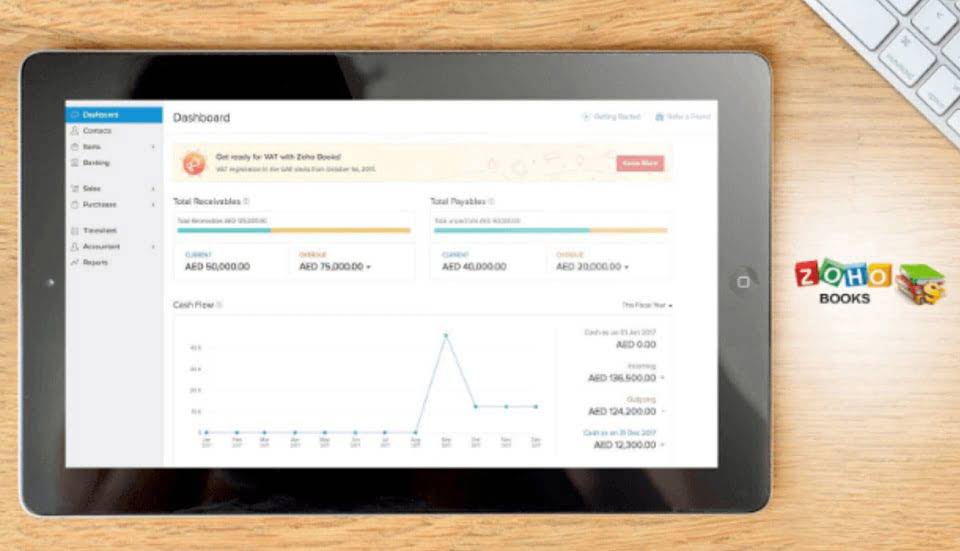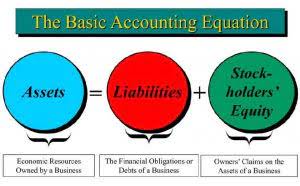
In the illustrations of the present value of 1 (shown earlier) we assumed that present value factor formula interest was compounded on an annual basis. Now we’ll look at what happens when interest is compounded (1) annually, (2) semiannually, (3) quarterly, and (4) monthly. So, let’s say you expect a cash inflow of $10,000 five years from now and use a Discount Rate of 8% to represent the risk and opportunity cost.
Calculation (Step by Step)
To prevent mistakes, it makes sense to create a drop-down list for B5 that only allows 0 and 1 values.

How do you find the present value (PV )factor in the PV factor table?

Outside of company valuation, Present Value is widely used in fields such as real estate and fixed-income (bond) analysis. This concept of Present Value is critical in valuation because it determines what assets and companies are worth. The present value (PV) concept is fundamental to corporate Record Keeping for Small Business finance and valuation. Below is an example of a DCF model from one of CFI’s financial modeling courses. Most financial analysts never calculate the net present value by hand or with a calculator; instead, they use Excel.
How to Calculate Present Value Factor (PVF)
- While the present value is used to determine how much interest (i.e. the rate of return) is needed to earn a sufficient return in the future, the future value is usually used to project the value of an investment in the future.
- In more practical terms, the Present Value Factor Formula, often utilized in discounted cash flow analysis, can aid businesses and investors make important decisions.
- This could be in years, months, or any other unit of time measurement, depending on the context and the specific financial calculation or problem being solved.
- As you can see there is a heavy focus on financial modeling, finance, Excel, business valuation, budgeting/forecasting, PowerPoint presentations, accounting and business strategy.
- Consequently, investors can utilize this factor to translate the value of future investment returns into present value in dollars.
- Let’s use the Present Value (PV) calculation to record an accounting transaction.
Present Value Interest Factor (PVIF) is an essential concept in finance that helps us understand the current value of future cash flows. It allows us to calculate how much a particular amount to be received in the future is worth today, taking into consideration the time value of money. By applying PVIF, we can adjust the future cash flows to their present value, providing a common basis for comparison.

Tools to Calculate PVIFA

This is especially the case when interest rates are high, since this drives down the net present value of the project. Conversely, projects generating immediate cash flows, and especially when interest rates are low, will have a more favorable net present value, making them more likely to be selected over projects with delayed cash flows. Suppose, if someone were to receive $1000 after 2 years, calculated with a rate of return of 5%. Now, the term or number of periods and the rate of return can be used to calculate the PV factor for this sum of money with the help of the formula described above. Given the present value factor (PVF), the current worth of a future cash flow (or stream of future cash flows) expected to be received on a later date can then be estimated. Learn the formula and definition of Present Value Interest Factor (PVIF) in finance.
Earn Our Certificates of Achievement

This means that any interest earned is reinvested and itself will earn interest at the same rate as the principal. In other words, you “earn interest on interest.” The compounding of interest can be very significant when the interest rate and/or the number of years is sizeable. You normally measure the company’s annual stock returns/volatility, interest expense, and other factors to estimate how much an investment in the company might return, on average, over the cash flow long term. We’ll assume a discount rate of 12.0%, a time frame of 2 years, and a compounding frequency of one. Whenever there will be uncertainties in both timing and amount of the cash flows, the expected present value approach will often be the appropriate technique.
- To get your answer, you need to calculate the present value of the amount you will receive in the future ($11,000).
- While useful, it is dependent on making good assumptions on future rates of return, assumptions that become especially tricky over longer time horizons.
- By applying PVIF, we can adjust the future cash flows to their present value, providing a common basis for comparison.
- If there are two or more future amounts occurring at different times for an investment, their present value can be determined by simply discounting each amount separately.
- Starting off, the cash flow in Year 1 is $1,000, and the growth rate assumptions are shown below, along with the forecasted amounts.
- A mentioned, the discount rate is the rate of return you use in the present value calculation.
- The rate will reflect the length of time before the money will be received as well as the credit worthiness of MedHealth, Inc.
If annuity payments are due at the beginning of the period, the payments are referred to as an annuity due. To calculate the present value interest factor of an annuity due, take the calculation of the present value interest factor and multiply it by (1+r), with “r” being the discount rate. An annuity factor is a multiplier that is used to calculate the total amount of money that will be paid out over time under the terms of an annuity contract. The annuity factor is comprised of the interest rate, the number of payments, and the total payment.